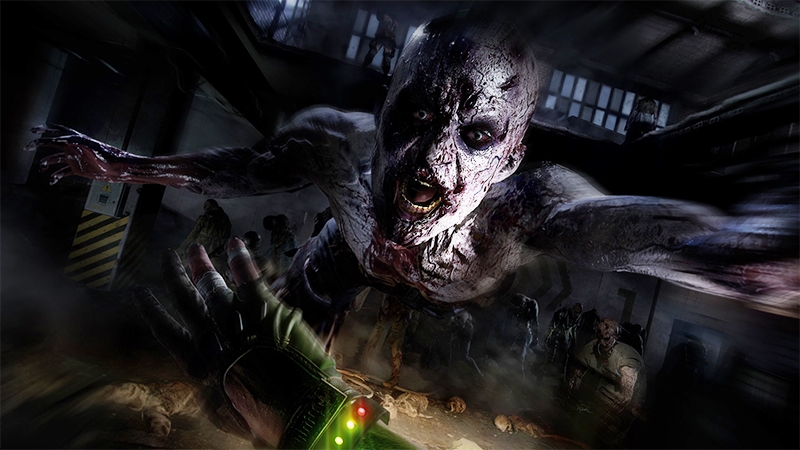Dying Light originally released in 2015 to an average score of 74 and a number one spot on the January NPD. It slipped to third the following month before falling off the charts; an impressive but seemingly unremarkable journey that could be said of many games. But Dying Light kept going, selling more and more, getting scores of DLC and updates both big and small over the years. And after recently getting two big patches that added current-gen console support and unlocked its biggest premium expansion for free, Techland just announced that it is finally sunsetting updates for the first game seven years later, culminating in a letter thanking the fans, a new bundle, and, of course, more free DLC.
That incredibly long tail puts a lot of pressure on Dying Light 2, its recent sequel, since players are now expecting even more support from Techland. Techland has risen to the task, stating it wants to support the game for five years. And it has it all planned out. Well, roughly.
Defining the First Phase
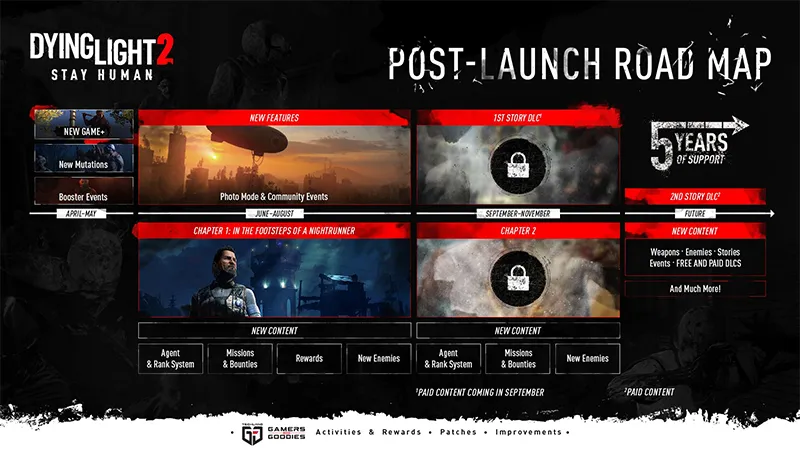
Lead Game Designer Tymon Smektała spoke about that five-year plan much like someone would speak about buying supplies to build a shed five years in advance. He has a “clear idea” of where he wants the game to go and some of the big pillars he wants to build with the team, but the smaller details are a little less defined; the foundation of the shed is there, but the color of the paint and type of wood have yet to be determined.
Some of this lack of definition is because the team — in addition to fixing the many bugs it launched with — is still testing some features out. Smektała said the first 18 months are important because Techland wants to see what works best. Some of these experiments will be “totally crazy,” while others will be more serious or Easter eggs or weapons like plantable explosives. This shotgun approach is not something Techland is trying randomly, either, as it has data to back up these experiments.
“We have a lot of data from the first game,” said Smektała. “And also we gather data from the second one trying to better understand our audience, our community, the patterns that players are repeating when they play our game.”
Sifting Through the Data
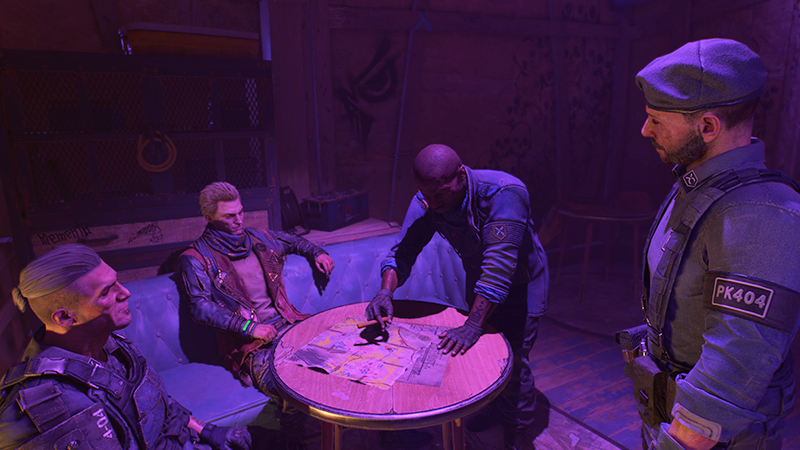
The actual patterns are under wraps, but they’re all part of a system that Techland has deployed in order to fill in its roadmap. The studio has a department of people that sift through comments online to see what the hot topics are after a patch, and weigh what is most and least requested. These comments are then cross-referenced with the hard data to pit the numbers against the words to get a more accurate picture. After all, fans might have one complaint that is actually another in disguise, something numbers can help better contextualize.
“When you cross what people are saying online, and you cross check it with the data you get from the game, it is actually quite manageable to understand where those opinions are coming from,” said Smektała.
Even with a plan and established systems, taking such direct input from players is naturally going to lead to some unexpected curveballs. For example, even though it will take most players around 25 hours to get through Dying Light 2 and over double that to wrap up its achievements, trophies, and side quests, many burned through all of that much more quickly than Techland anticipated, and were quite vocal about wanting more.
MORE: Inside Brian Bloom’s Journey From Acting to Writing Call of Duty: Modern Warfare II
Techland had originally planned to add more replayable content for those who have already done everything, and had to move those features up in the queue to appease the hungry fans. While details are thin, the team is incorporating some new progression systems that will hopefully give veterans more numbers to chase — something that will likely complement the recently released New Game Plus update.
“We wanted to wait a little bit longer with this, but we have just announced that this is happening before the summer holidays quite soon,” he said. “So we will be releasing some new content with a new player progression meta game. So that’s an example of a thing that we have pushed out a little bit faster than we wanted because of community feedback.”
Photo Mode was another incoming feature that was moved up in the queue, something Smektała said he “didn’t think was going to be that important.” People desperately want to take selfies with ugly infected (or Rosario Dawson), apparently. These swerves show how much pull the community has with Techland, and that is not lost on Smektała.
“For us, we have realized that when we release a game, in a way, it’s not our game anymore,” admitted Smektała. “It’s a game that is an experience that we share with the community. So our responsibility after releasing the game is not to force our ideas. Of course, we have a lot of those, but whatever we put into the game, if this comes from us, it needs to be validated, verified, and approved by the community. So this is what I think the biggest lesson that we have learned in order to have a successful game.”
Listening to the Community
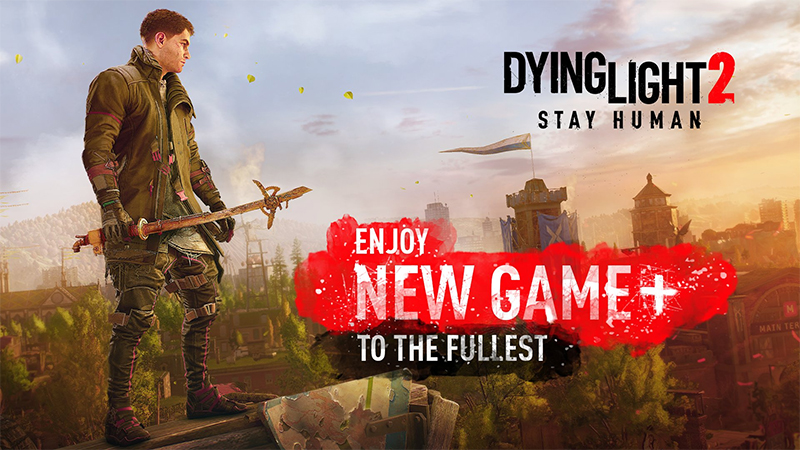
And the first Dying Light was a successful game. Selling over 20 million copies, the zombie parkour title had its ambassadors that shared it with their friends, which was partially why it had such a long lifespan. Smektała said the studio tries to be as transparent as possible — something reflected in his own Twitter interactions with the fans — and follow where the community goes.
It’s difficult for a developer to always be so transparent since games change a lot during production. Techland has come under fire for changes the game has seen over its long development cycle. Its heavy narrative choices seen in demos were mostly stripped out, falling back on much simpler and less ambitious branches. Some also took issue with the different lighting that made its way into the final game, which was not as atmospheric.
But even then, Smektała recently did an interview with YouTuber OniZombies and spoke of possibly adding a filter to restore that moodier lighting to the game. Smektała said they are always listening and trying to “tweak and update [their] game following what [the community says],” and while some fans are careful with their words, some aren’t. He talked about how game development is complex and implementing changes or bug fixes takes time and that some people can be a little hostile. While he said the studio has developed “iron skin” to deal with terse criticism, it still bums him out a bit because of how hard they work on the game.
“Sometimes you feel that whatever they say, however they express that, it makes me feel kind of sad inside because you understand that you are working day and night to deliver good stuff to everyone,” he said. “It’s just not possible to deliver everything exactly at the time when someone requests this on Twitter or whatever.”
Maintaining its Stamina Bar
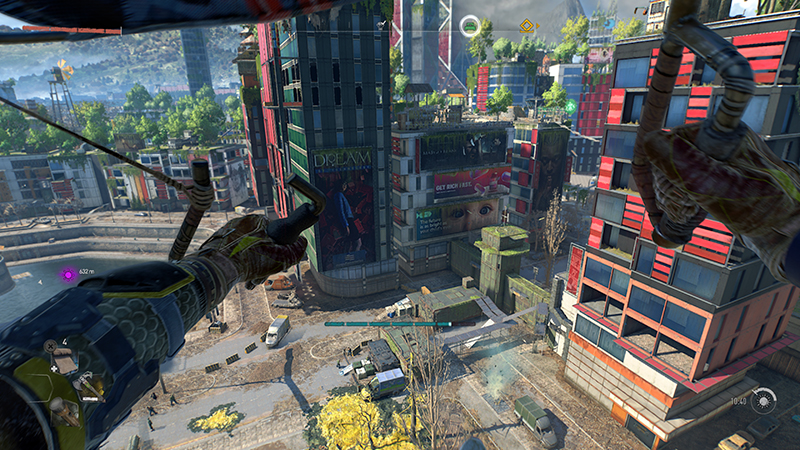
Iron skin can only work for outside insults, but it’s not much of a help against physical exhaustion. Developers usually ship a game and then take it easy as they ramp up production on their next title, but when a game has such a roadmap planned, that means that the grind never stops. There’s always an update or some DLC to work on.
It seems designed to burn out those working on it, which is also something Techland has come under fire for in the past. An article from The Gamer in 2021 contained some damning reports of the studio’s poor working conditions that stemmed from autocratic rule with a sprinkle of homophobia and sexism thrown in for good measure. This reportedly led to a lot of turnover and is likely partially why Dying Light 2 saw so many delays after its June 2018 announcement.
However, it appears as though the team has improved and thought through running this marathon in a way that ensures that it doesn’t collapse before the finish line and become fresh meat for the infected. Smektała said Techland was cycling in new talent for the new content, which has two functions: It gives the senior talent a bit of a break, and lets the lower ranks on the separate post-launch team get some more authorship over the game.
Smektała said he has been working on Dying Light for around eight years and he sees the game like numbers in the Matrix, whereas the new people bring an “injection of new energy” and look at things differently. He then explained how their brave new ideas help out everyone involved, from the “senior guys with beards and bald heads” to the players, since fresher faces are more likely to have fresher ideas.
“We have some senior developers from Dying Light 2 working with some younger junior developers,” he said. “So this is also like a training ground for them to actually get ownership of some pieces of the game and develop them. This also works for us because this increases seniority of the whole studio when it’s handled that way. But we came prepared. We knew what we were getting into with Dying Light 2 after the first game because we also understand that when you do something what we did with the first game, it raises expectations of the players.”
Why a Long Cycle Makes Sense
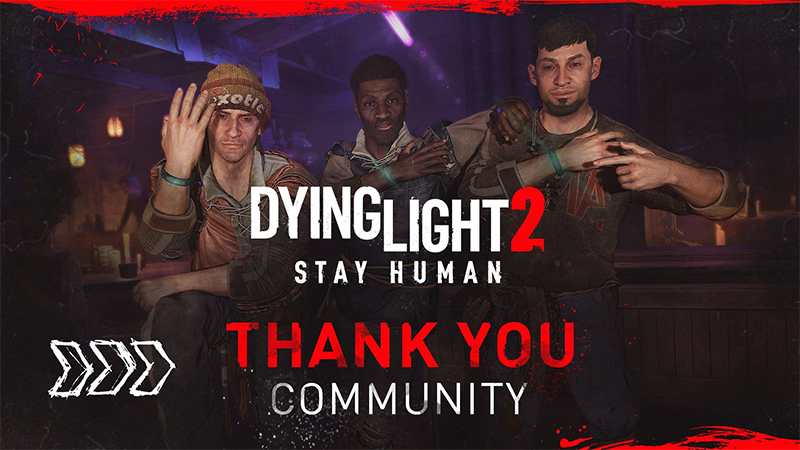
Games that get big new updates and DLC five years after launch are often living games with battle passes to buy or multiple currencies to earn. But Dying Light 2 isn’t one of those games, which makes it even more bizarre that Techland is committed to it as if it were an online hero shooter or battle royale.
The business end doesn’t make much sense at first, but it does when taken into the context of what Dying Light means to Techland. Techland not only develops the game, but it publishes the games and owns the IP, too, meaning it gets a say creatively and financially on what happens with Dying Light. And that peculiar scenario is why Techland’s support for Dying Light is so unusual.
“I think we are in a very unique situation because Dying Light is our own IP and we also publish the game,” said Smektała. “So usually with studios, you sign a contract with a publisher who wants you to create a game. The contract says that you need to do the game and maybe some additional content later. Even if it’s your own IP, you don’t publish the game. So you might want to work on a game longer, but the publisher tells you it needs something new. For us, we are the owner of the IP and we are the publisher, so we have total control over the game and we also reap all of the benefits of the game’s success.”
He then went into greater detail, tying the game’s ongoing support to how it’s able to sell so many copies. More updates and DLC means players are more likely to keep playing it and, thus, more likely to recommend it to friends and play it cooperatively with them.
“A long tail is important, because we believe that the success of Dying Light is built on word of mouth,” explained Smektała. “It’s built on people recommending the game to their peers and friends. So if we keep the game active and vivid in players’ memory, like if it’s a game that they keep getting engaged with on a regular basis, then they stick to their copy and they recommend the game to their friends, so they can also play and they can share those experiences. So this is almost like a fountain of youth for us. This is our way of achieving longevity because we have people from the first game who have people that have bought the game when it was released and have been playing the game straight for over five years.”
RELATED: Dying Light 2 Review: The Limping Dead
This approach can be interpreted cynically as a way to “stimulate people’s behaviors” as Smektała put it, but it’s more of a way to reward players for giving love to the studio. This sort of cyclical respect is a big reason why the games are able to live as long as they do.
“That’s perhaps the biggest surprise or the biggest thing that we got from the first game as developers is like an utmost respect to the support we have gotten from the community. And we want to give that love back. This is also our way of giving back to people and telling them, ‘Thank you for playing Dying Light 2. Thank you for spending time on something we have worked on so hard. We want you to be happy with this game. So please accept this gift.’”
Some of the smaller gifts started trickling out right after its release — six packs of free cosmetics and weapons — but these are just the appetizers; Techland is still working on its two bigger premium expansions. One was supposed to release in June, but was recently delayed into September. It’s somewhat of a hefty push, but it’s to appease the community. Aside from being able to apply the extra polish players deserve, the DLC release window was moved in order to focus more on the aforementioned highly requested progression that’s part of the In the Footsteps of a Nightrunner chapter that will also bring new missions, rewards, and enemies.
And even though some users can be rather crass and impatient, Smektała said the reaction to the delay was generally positive and understanding; a result of the team’s transparency.
“I think we have also proven that we are a developer that we are not perfect and we are just human beings, but we are honest and transparent and we try as much as we can. So I think gamers feel that and the community feels that and that we are not bullshitting them. We want the game to be good as much as the community wants it. Because we share a common goal, I think there’s common understanding as well.”
The Future
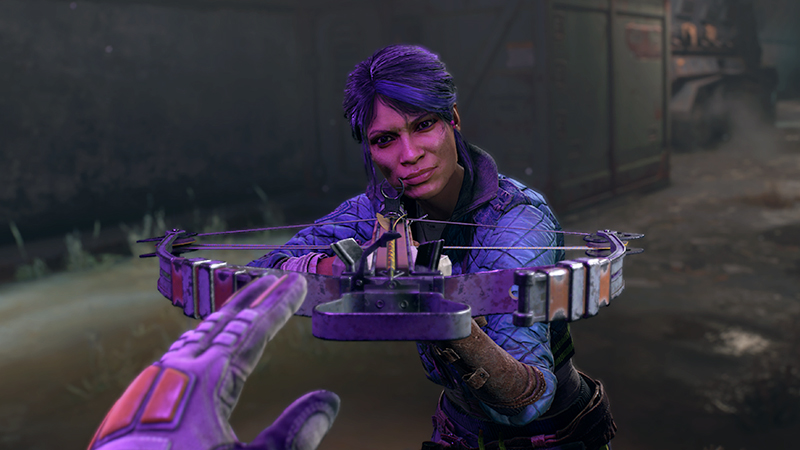
Smektała still can’t talk specifically about where Dying Light 2 will be in five years, but he did speak about it more generally. He said he wanted Dying Light 2 to be a stronger foundation for the next installment of the franchise (whatever that may be, since there are “quite a few directions where [Techland wants] to take the IP”). However, he went a few layers deeper and said he wanted it to be one of the 10 games people remember from this console generation, because of all the memories the zombie-killing RPG gave them.
RELATED: Dying Light Dev Unveils New Fantasy RPG, Includes Witcher, Horizon Vets
“I would like them to mention Dying Light 2 as something they have spent quality time with over the time and gave them a lot of experiences with their friends, shared experiences with the community, and that they would remember a few fun evenings they had with us. And I think that would make me happy, that we will be able to touch some gamers’ lives and impact some gamers’ lives with our game and that they will have good memories of them playing Dying Light 2, in the vanilla version, but also in whatever will happen with the game within those five years.”
It’s too early to tell how Dying Light 2 will be remembered, especially when it was released in the same month as Elden Ring, a game-changing experience that is undoubtedly going to be talked about for many, many years. That sort of blast radius already seems to have already partly overshadowed the other big releases of that month like OlliOlli World, Sifu, and Horizon Forbidden West. Regardless, Techland is in it for the long haul, managing its metaphorical stamina bar in order to withstand that lengthy marathon it has planned out for itself, its game, and its many fans.
